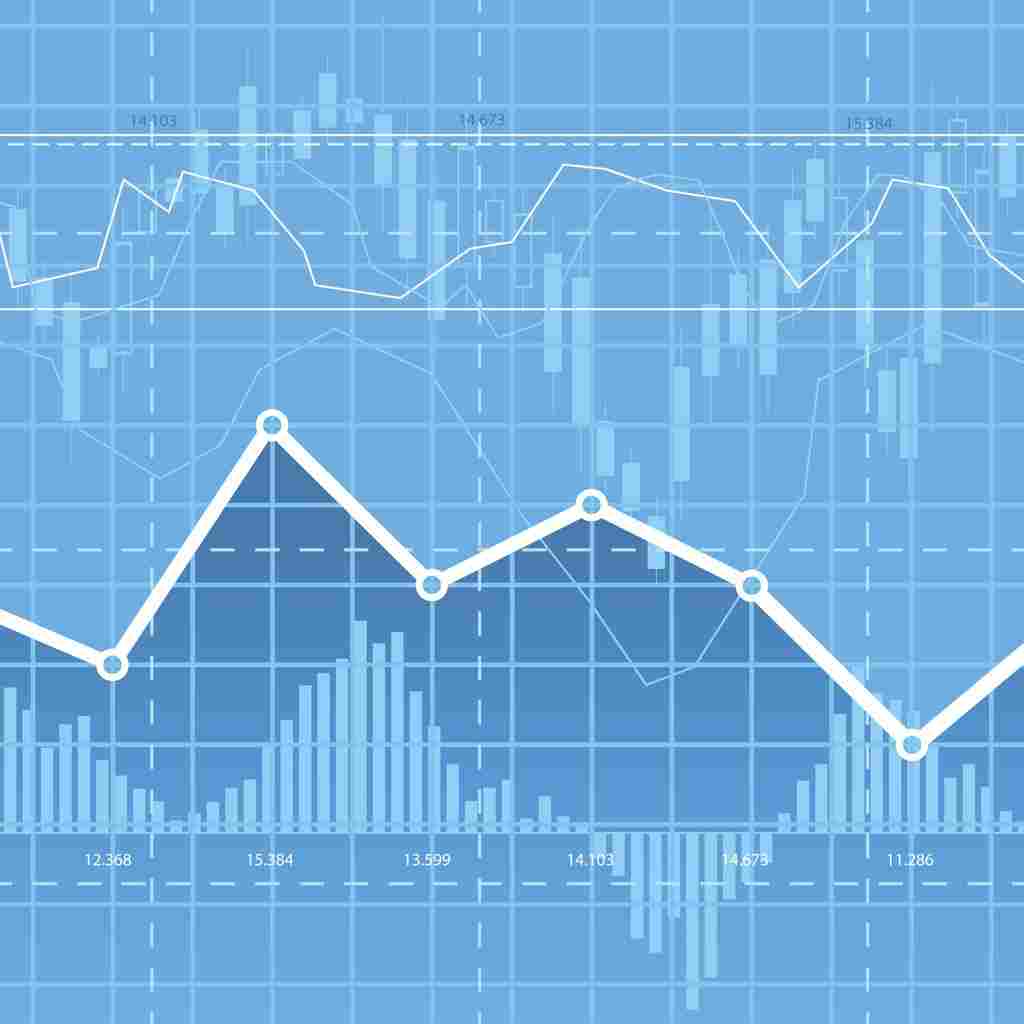What is a Good Conversion Rate?
What is a good conversion rate?
A good conversion rate can vary widely depending upon the type of industry you are in and the type of page you run. For example, an ecommerce page will likely expect a higher rate than a B2B organization, as a B2B buyer’s journey is longer and more dependent upon nurturing than the typical ecommerce store’s. The B2B brand will also have to closely examine their rates for smaller, earlier conversions - such as signing up for an email newsletter or registering to receive gated content. This will help them to track customers as they move throughout the more involved buyer's journey.
Conversion rates can vary widely. Typically, you'll see a good conversion rate within the 2-5 percent range. This should be considered average for websites. If your site falls below this, you will want to dedicate time to bringing your conversions higher.
Websites that are well-optimized, however, can achieve rates that are as high as 10-11 percent. While only a few websites will be able to reach this level, this means that brands  should not stop working to improve their landing pages if they reach 4-5 percent. They still have room for improvement and more customers that they can bring in.
should not stop working to improve their landing pages if they reach 4-5 percent. They still have room for improvement and more customers that they can bring in.
What is a good conversion rate for Facebook?
When it comes to Facebook ads, the demographic targeting and the ability to retarget does help brands see strong results. The average Facebook conversion rate is above 9 percent, as many of the customers who click on an ad end up completing the desired action.
Brands that have not seen high Facebook conversions should consider the potential improvement they can obtain through retargeting their ads. Remarketing ads allow you to remind people who have engaged with your brand in the past, but ended up not buying anything, that you have something to offer them.
Also pay close attention to the content you post on your Facebook page and how you engage with your audience. Make sure that the content appeals to the people you target with your ads and promotions. Like any other landing page, the page your ad brings prospective customers to should align with their buyer’s journey and their persona.
What is a good conversion rate for email?
A good conversion rate for email can vary depending upon the type of email you sent out. For example, newsletters and standard informational emails might see open and click through rates of around 20 percent, but their rates will be significantly lower than emails that were sent to engage with customers who recently made a purchase or who abandoned a cart. The later two have an average rate of 5 percent.
How do you calculate a conversion rate?
Calculating a conversion rate will help you better understand how many people visiting your page complete your desired action. A number that is too low indicates that your page has not appropriately engaged the target audience. It may call for changes to the structure and optimization of the page itself if it does not do a good job of encouraging qualified leads to complete a conversion. It might also call for a reorganizing of the entire marketing process, if the leads and traffic you bring in do not align well with who would be interested in buying your product.
The formula to calculate the a conversion is relatively straightforward. You take your number of conversions and then divide that by the number of interactions you had. For example, if you want to calculate the rate from an ad, you might take the number of clicks you ad had divided by the number of impressions. If you want to calculate the conversion rate of a landing page for an email newsletter registration, you might take the number of people who register divided by the rate of traffic.
Many of the platforms that you use for various parts of your digital strategy will help you calculate good conversion rates. For example, if you use Google Ads, they will give you the conversion rate on your ads. The BrightEdge platform can also help you track the rate of particular conversion activities.
As you build your website and begin to optimize it, you want to get a baseline conversion rate in the beginning. This will help you start to better understand how changes you make to your site impact the your rate. If your rate improves, you will have a better understanding of what your prospective customers like and what encourages them to engage. Conversely, if your rates get worse, you will know that your customers do not respond well to the changes you just made.
Tracking conversion rates over time will also help you get a better idea of how conversion activity might vary throughout the year. You might see good conversion rates at particular times of the year, where as they drop off at other times. This can help you gain a better understanding of customer patterns and monitor how these rates align with your revenue rates.
Identifying these patterns can help you maximize your understanding of your website and ensure that your content is ready for prospective customers throughout the year.
Start tracking your conversion rates with the BrightEdge platform!